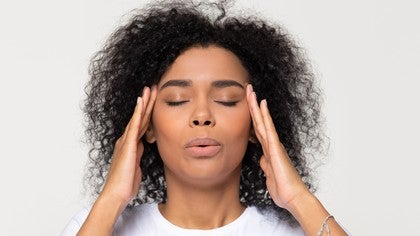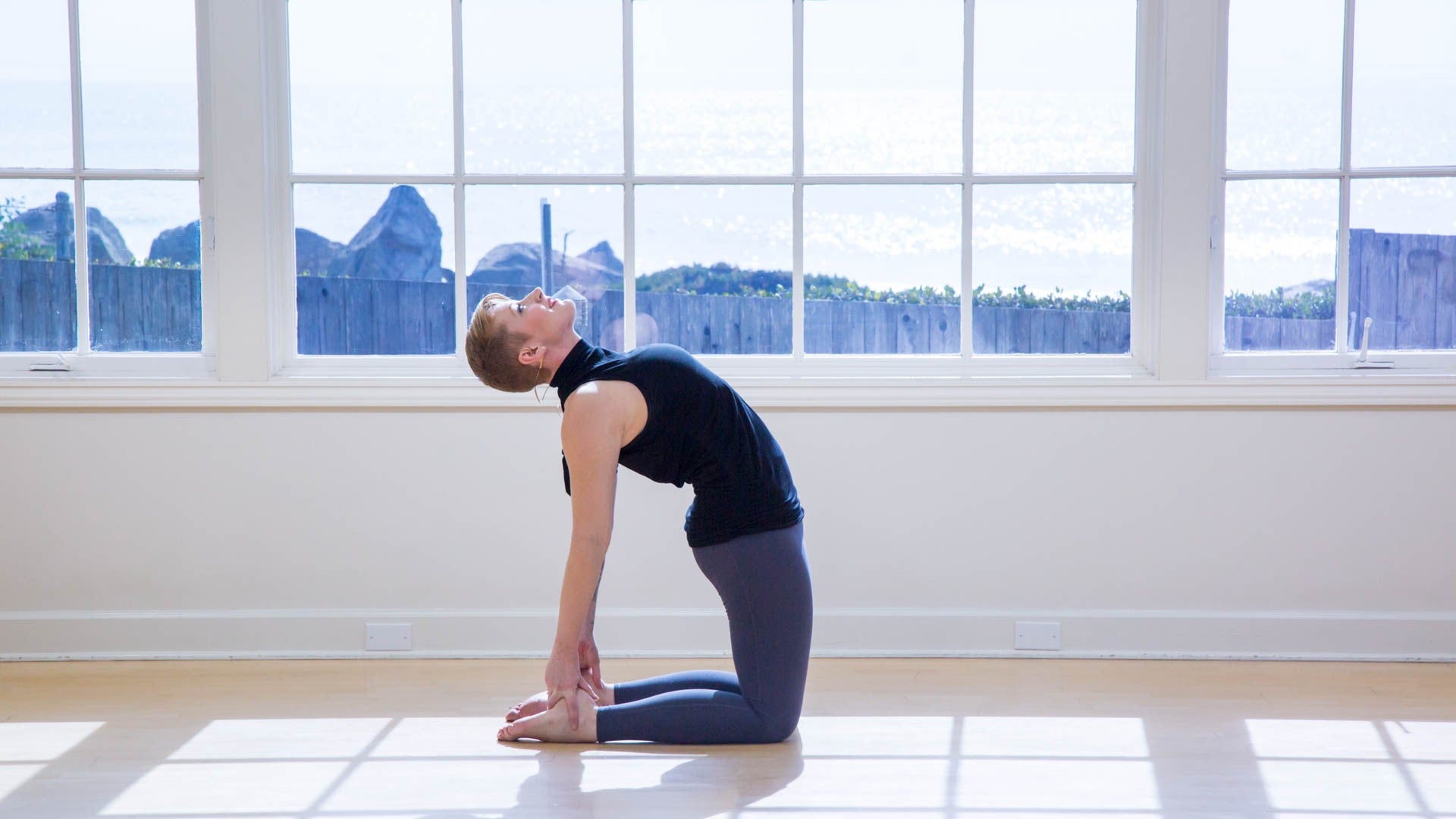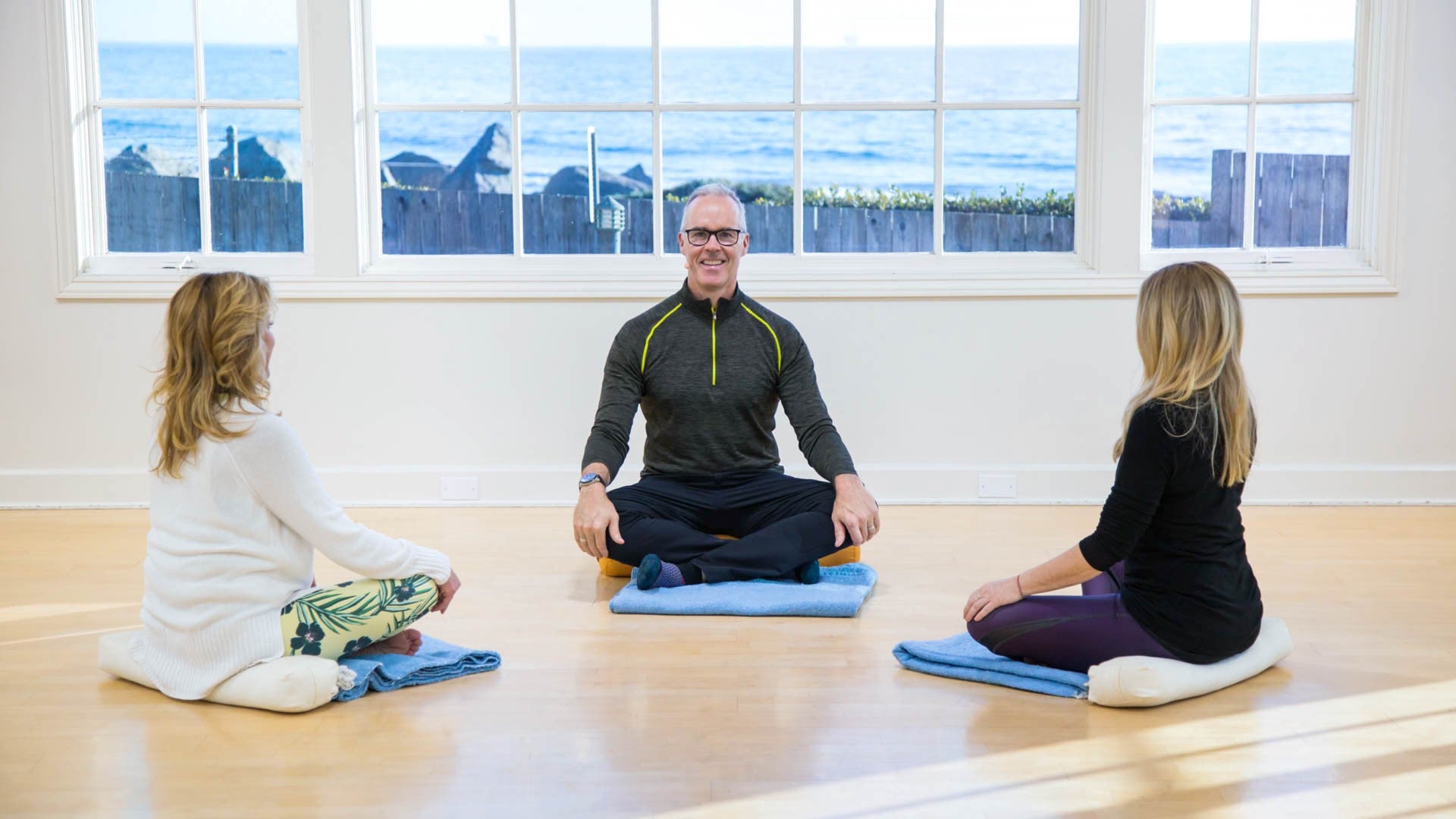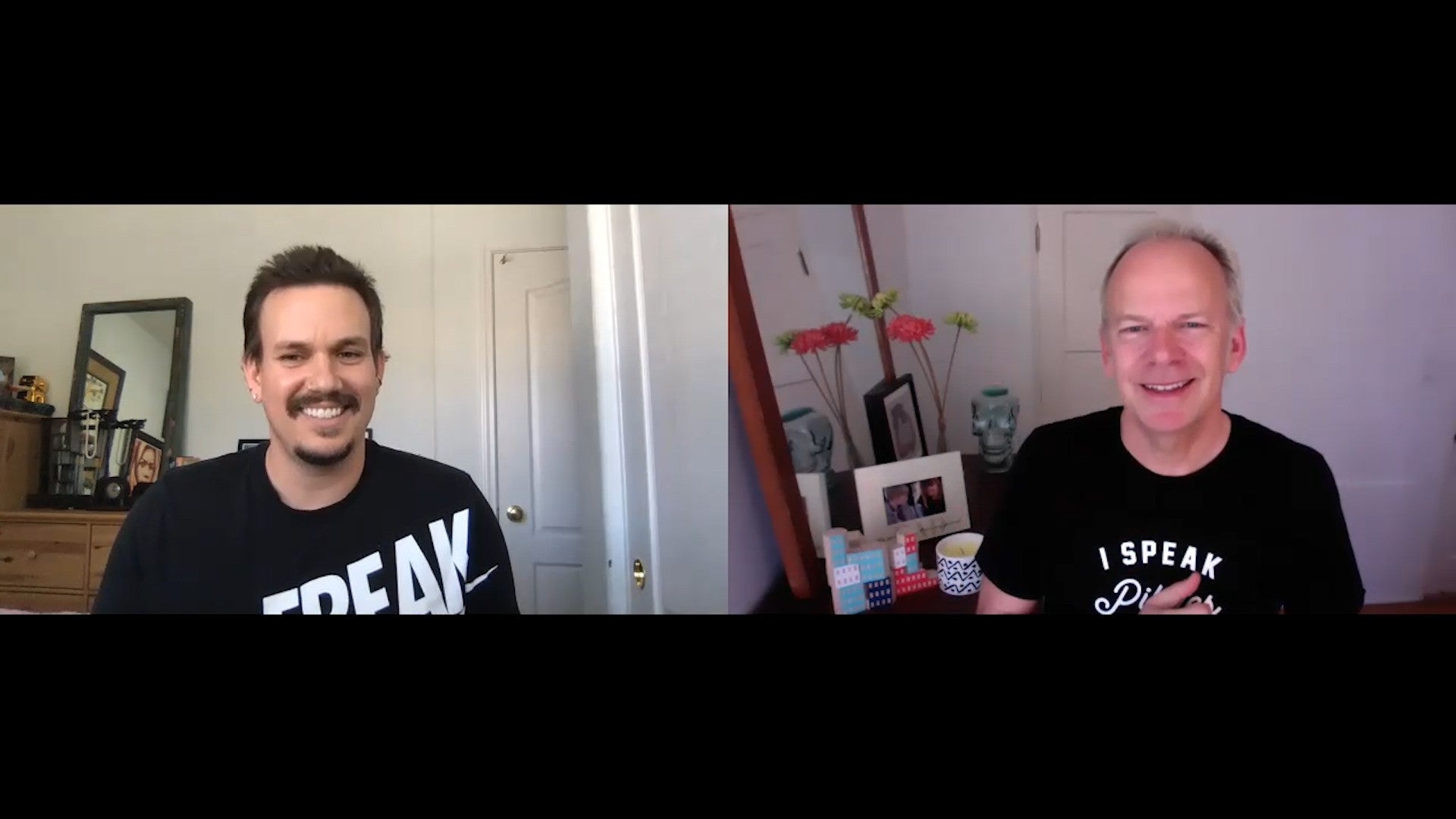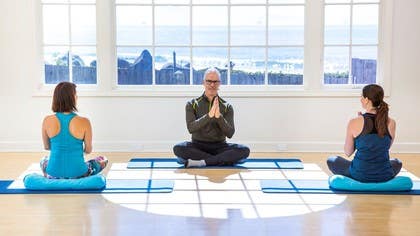
Reduce Stress With Your Breath
“Breathing is the first act of life, and the last,” Joseph Pilates wrote in his classic work Return to Life Through Contrology. Pilates, the man and the work that bears his name, is intentional when it comes to the breath. Think of the Hundred, with its set of ten five-count inhales and exhales. In recognizing the importance of inhaling deeply and exhaling fully, Pilates was once again ahead of his time. Breath is now widely understood to be useful in reducing stress and anxiety, and who couldn’t use a little help in that area right about now? Read on to discover how to turn down your stress level with breathing techniques and other simple tools.
Why We Experience Stress
If you’re feeling more stressed and anxious lately, you’re not alone. While genetics play a role in how we deal with stress, as do life experiences such as loss and trauma, we all feel the effects of stress at some point. As human beings, we’re wired to feel stress. Fear and watchfulness play a key role in keeping us alive. If there was a risk of being chased down by a hungry tiger, it was smart to stay alert and be ready to flee at a moment’s notice. When we feel under attack, we go into what’s known as “Fight-or-Flight” mode. You know the feeling: blood goes to the limbs to facilitate a quick getaway and our breathing gets fast and shallow. The body releases stress hormones such as adrenaline and cortisol. Compare that state to the rest-and-digest mode, also known as the “relaxation response,” in which blood goes to the vital organs to facilitate digestion and our breathing becomes deep and slow. It’s why you might have experienced a gurgling stomach during a massage: the body’s received the message that all is well and it can get down to the business of digestion. No fires to put out here.
The body is equipped to deal with stress, as well as to down-regulate in times of safety and ease. The problem comes when we’re too quick to go into the "fight-or-flight" mode. While in prehistoric times the stress response kept us from becoming another creature’s dinner, these days we are too quick to be triggered by something as simple as your Twitter feed not loading as quickly as you’d like. We no longer differentiate between a life-threatening experience and an inconvenience. And that’s not healthy over the long term.
The physiologic effects of “fight-or-flight” are designed to protect us, but if we’re constantly going into that state, it has deleterious effects on our health. Increased stress hormones wreak havoc with our blood pressure, digestion, and mood, and can put us at increased risk for everything from a cold to cancer. The good news is that we can cultivate the relaxation response. The easiest and most accessible way to do that is by harnessing the power of our breath.
Breathing Techniques to Help With Stress
Yogis understand this better than most people: if you can breathe even in a challenging pose, you can draw on that training to remain calm and grounded when you are under stress. You don’t need to be an Instagram-worthy yoga practitioner, however, to reap the benefits of mindful breathing. You don’t even need to have a formal meditation practice. Try this: Sit in a comfortable position and simply “watch the breath.” Become aware of the rhythm of your inhales and exhales. Notice where you feel sensation (warmth or coolness, fullness, or tension) as the breath enters and exits.
Another effective de-stressing remedy is “square breathing,” also known as “box breathing.” Navy Seals use this technique to turn off the “fight-or-flight” response. To try it, sit or lie down in a comfortable position. Inhale for a count of four, hold the breath for four counts, exhale for four counts and hold “empty” for four counts. If it’s helpful, you can imagine the breath forming the four edges of a box or square, or traveling around the outline. Repeat the cycle for five minutes. Afterward, you should experience a greater sense of calm, improved concentration, and overall well-being. Box breathing can be done anywhere, anytime, and is a great way to begin a mindful breathing practice.
Try taking mini-mindfulness breaks during your workday. You can download an app like Headspace so a quick meditation is always within reach. Try to do a few minutes of mindful or box breathing upon rising or before going to bed, or when you’re stuck in traffic or waiting in line. If you have trouble sitting in meditation, try a walking meditation, preferably outside in nature, or find a workout such as swimming, yoga, or tai chi that encourages deep, slow breathing. One definition of mindfulness is simply “being in the moment,” as opposed to letting your thoughts run wild (what meditation teachers call “monkey mind.”). Focusing on the breath is a way of reining in anxiety-provoking thoughts that arise when we worry about the future or ruminate about the past. When you catch yourself doing this, try to shift your focus to the task at hand, whether it’s folding laundry or chewing your food. This is also known as “being in the moment.”
Other Ways to Manage Stress
Other proven modalities to manage stress and anxiety include movement, journaling, drawing/coloring, getting outside, massage, laughter, and even sex (alone or with a partner). It’s natural to feel stressed from time to time. For our survival, we’re wired to be superbly attuned to threats to our well-being like that hungry tiger (this is known as the “negativity bias”). Our brains tend to gloss over or downplay pleasing experiences such as tasting a really delicious bite of cake, smelling a flower, or looking at a smiling infant. With practice, however, it’s possible to train your brain to dwell on the positive. Make a mental note when you feel safe, happy, or content, or make a literal note in a gratitude journal that you can revisit from time to time. Any of these practices, or a combination thereof, can make you more resilient, a quality that we can all use right now.
If stress is keeping you from eating, sleeping, or performing daily tasks, it can be helpful to consult a trained counselor. Your healthcare provider should be able to refer you to a mental health practitioner such as a psychologist or psychiatrist (the latter is a medical doctor who is able to prescribe medication). A short course of cognitive-behavioral therapy (CBT), which trains you to notice your reactions to stimuli, is especially helpful for patients dealing with stress and anxiety.
Comments


You need to be a subscriber to post a comment.
Please Log In or Create an Account to start your free trial.

